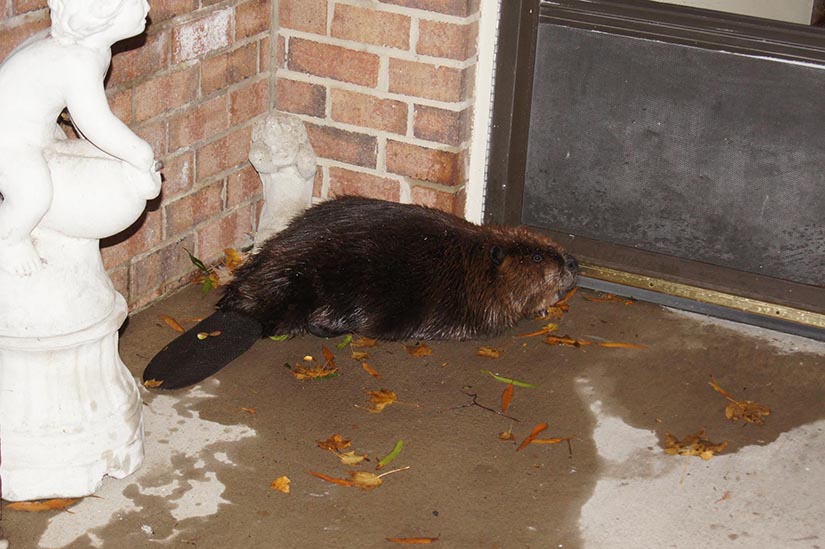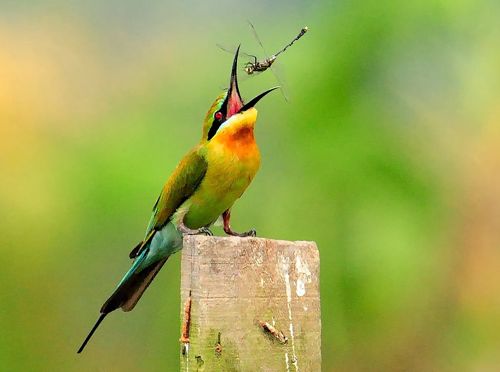
Storm Sends Beavers into Pentagon City Streets
Humans aren’t the only ones suffering the effects of Superstorm Sandy. The storm apparently forced some beavers out of their habitats and into the streets of Pentagon City.
A few residents who live in a condo complex on S. Hayes Street were about to head out this morning when they were surprised by a wet, furry visitor.
The residents called animal control upon encountering the beaver scurrying from door to door. Desiree Lomer-Clarke said the animal control worker who came to the scene reported having to deal with two other beavers earlier this morning.
Wow, that qualifies as the kindest possible reception to some stray beavers from our friends in Virginia. Considering that folks were water soaked and very recently had the most famous rabid beaver attack in the history of the world just 7 miles away in Lake Barcroft, this was truly unexpected kindness.
The displaced beavers were not acting in an erratic manner to suggest they would have rabies — as happened twice this summer during beaver attacks in Fairfax County — so they were released near their homes.
As the area’s water levels return to normal, Zell said the beavers that wandered Pentagon City should be able to once again inhabit their dens. If the dens were damaged or destroyed by the storm, the animals should adjust easily to a new habitat.
Sounds like Mr. Zell is a friend of ours. You have to wonder what were the compassion strings that got pulled behind the scenes to let this happen so smoothly. Well, I never look a beaver gifthorse in the mouth. Thanks Pentagon city for showing some uncommon sense in a time of watery distress!
And to follow up on the dragonflies in beaver ponds report here’s a fantastic poster from their work in Germany. Click on the image for a better look.
















































